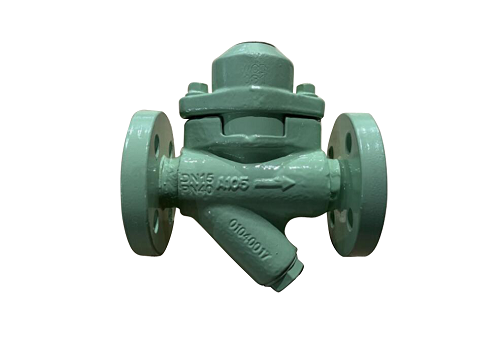There are many models of steam trap valves currently available, but their working principle is to use the differences in height, temperature, and flow rate between steam and condensate water to achieve the opening and closing of steam trap valves through various mechanisms, achieving the purpose of blocking steam and draining water.

Energy-saving Function
1. Quickly discharge the condensed water generated in the equipment using steam.
Maintain the heating efficiency of the steam using equipment at the optimal state, so that the condensed water inside the equipment does not form retention, and maximize the steam space inside the equipment. This can often maintain the highest heating efficiency. Once the steam trap valve cannot fully function, the retention of condensed water not only greatly affects the performance of the steam using equipment, but sometimes even completely paralyzes the production equipment.
2. Quickly discharge the air and low-temperature condensate from the equipment at the beginning of startup, thereby shortening the preheating operation time.
At the beginning of steam supply, both the steam transmission pipeline and the steam using equipment are filled with air, and if they are not eliminated, steam cannot be delivered. In addition, during the process of heating up the steam transmission pipeline and steam usage equipment to steam temperature, the initial low-temperature condensate generated must also be quickly discharged, enabling the equipment to operate normally in a short period of time. This is an important condition for improving production efficiency, especially in intermittent production situations. Due to the shortened preheating time, each operation time is shortened, and the increase in processing times can ultimately increase production. Previously, during preheating operation, the bypass valve was first opened to discharge the initial air and low-temperature condensate. Now, due to the selection of appropriate steam trap valves, it can automatically discharge the initial air and low-temperature condensate, while also saving manpower.
3. Reduce the steam consumption of the steam trap itself.
The so-called steam consumption of the steam trap itself generally refers to steam leakage, which is the sum of the amount of steam required for the action of the steam trap and the amount of heat dissipation loss.